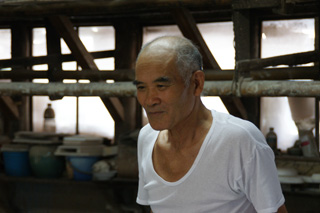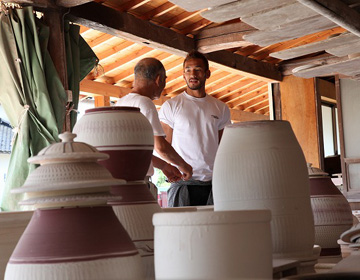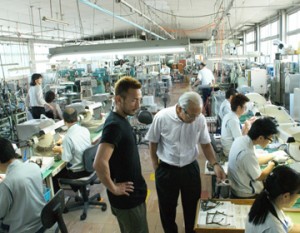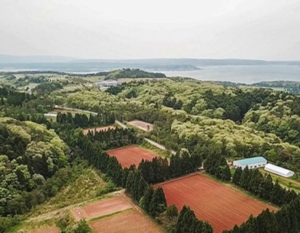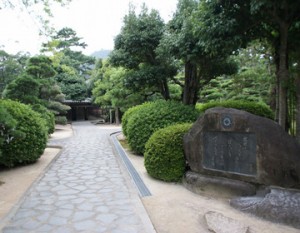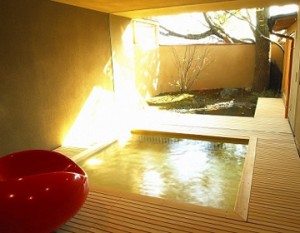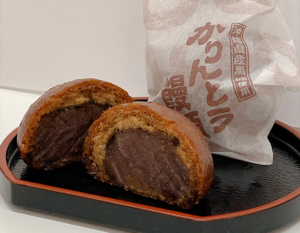Home of large urns
Most Japanese may have images of “ceramic ware at grandmother’s house where ”miso” or salted plums are kept”. The Iwami area has been known as the home to such large urns.
Before water supply was available, homes needed large water jugs to store water, and Iwami-yaki was often used as a water jug. In the Edo period, they were shipped to locations all over the country by “Kitamaebune”, cargo ships that sailed the Japan Sea during the Edo period. They were a popular item called “hando of Iwami” (large crocks were sometimes called “hando”).
Characteristics of Iwami ware
The characteristics of Iwami-yaki is that it uses a unique technique called “shinotsukuri” to produce large pieces. Surprisingly, it requires 200 kilos of clay and takes about one month by three people to form a large urn.
In “shinotsukuri”, clay is formed into a rope thicker than a person’s arm. Then, the clay rope is carried on the shoulders and stacked on a spinning lathe. Two persons then turn the lathe slowly by pulling the rope on the lathe. The trick is to turn the lathe slowly by synchronizing the pulling motion like tug-o-war. This is repeated in order for the bottom, body, and shoulder of the urn about 7 to 8 times. Only then is “shinotsukuri” complete.
Even with the present decline in demand for the large crocks, they are periodically made in Iwami by “Shinotsukuri” method to keep the tradition alive.
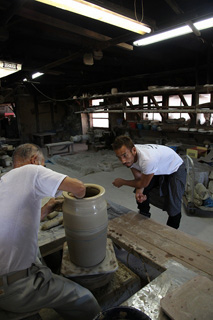
“Warmth” of handwork
宮内謙一who has been involved with Iwami-yaki for over 60 years since 1947, is a great veteran in this field. He was certified as a traditional craftsman in 2000.
A Simple and warm texture, and the solid durability, the true value of Iwami-yaki is demonstrated in large pieces. Nakata took the challenge of making a water jug. It involves using high-quality clay and forming with great care, then baking at 1300 degrees.
Products made by hand has a warmth not found in industrial products. Lately, the demand for large ceramic ware is declining, overshadowed by cheaper plastic products, but the “warmth” is something to be cherished.
